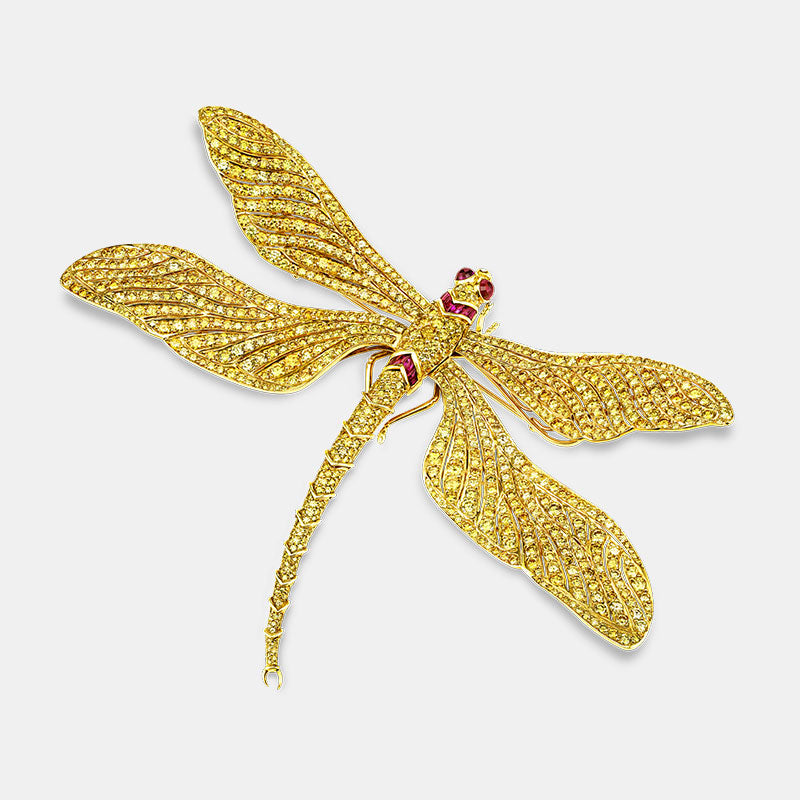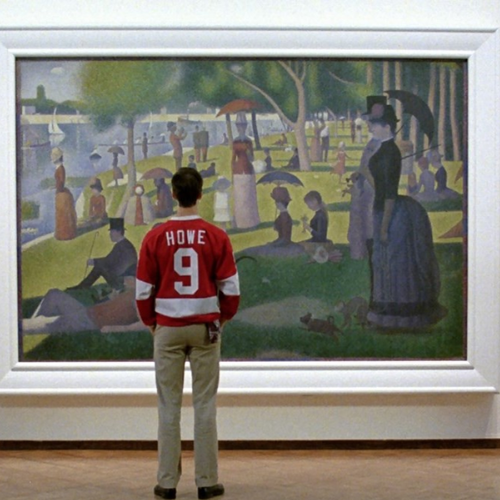A Picture Paints a Thousand Words
For millennia, artists have been telling stories through their art. Before there was the written word, and perhaps before there was even language itself, people used artwork to convey their interesting art stories. Ancient cave drawings told of the hunt, Greek gods and myths were immortalized through art, Biblical stories were illustrated to bring religion to the masses, French Impressionist artists sparked an entire movement, and historic battles were glorified and vilified by the artist’s hand. Narrative art, simply put, is that which tells a story. It has formed the cornerstone of most artworks throughout art history.
Leonardo da Vinci, Vincent van Gogh, and Pablo Picasso were all famous artists that told magnificent stories through their famous paintings and other forms of art. The narratives that play out in their original and rare paintings come to life with their brushstrokes, inviting one to read the painting as they would a book. Here we explore five of our favorite narrative paintings currently in our New Orleans gallery—some tragic and others humorous—each with a fascinating tale to tell. Whether or not you're an art enthusiast, these artworks are sure to tell an interesting story that might just pique your interest.
Paintings with a Story to Tell
Published in 1731, the novel was highly scandalous during its time, and soon after its publication, it was banned in France. Yet even a century later, the tragic and interesting story of the enigmatic courtesan Manon and the dashing nobleman des Grieux was well known throughout the art world. In fact, the book would go on to inspire at least three other novels as well as innumerable artworks, ballets, operas, films, and even a Japanese jazz opera and pop song.
Set in France and Louisiana, the novel follows the tale of the Chevalier des Grieux and his lover, Manon Lescaut. In The Burial of Manon Lescaut, the artist captures a dramatic scene as a distraught des Grieux digs his beloved’s grave, resolved to follow her in death.
Des Grieux was a young seminary student of noble birth who fell tragically in love with the enigmatic courtesan Manon. When Manon is deported to New Orleans on the charge of prostitution, des Grieux follows her; once they arrive, they pretend to be married. Their fantasy life is short-lived. However, when their ruse is revealed, and the nephew of the state governor becomes enamored of the bewitching Manon. Desperate to keep Manon for himself, des Grieux challenges the new suitor to a duel and knocks him unconscious.
Believing that Des Grieux has murdered the nephew, the couple flees into the Louisiana wilderness. In this painting, Dagnan-Bouveret captures a dramatic moment from the novel’s conclusion after Manon has succumbed to death in the “desert” outside of New Orleans from either exposure or exhaustion. Des Grieux, maddened by grief, resolved to bury her where she fell and, after digging a hole in the soft sand, lay down beside her to await his own demise.
Dagnan-Bouveret’s showing of the work in 1878 marked his ascendancy as an in-demand painter of modern genre scenes — those based on popular culture rather than the historicism preferred by his teacher and mentor, Jean-Léon Gérôme.
Retelling one of the most legendary Greco-Roman mythological tales, this exceptional 16th-century oil paint work depicts Leda and the Swan and is credited to the workshop of the great Flemish master Bartholomaeus Spranger. The story, in which Zeus transforms into a swan to seduce the young beauty Leda, has been taken up by artists since antiquity, and this painting represents a particularly sophisticated rendition of the myth.
Derived from Greek mythology, the story appeared in Greco-Roman art and antiquities, re-emerging during the Renaissance as a recurrent motif in erotic art, and it is still explored to this day by contemporary art lovers and photographers.
According to myth, Leda, the Queen of Sparta and wife to King Tyndareus, was one of the great loves of Zeus. He came to her in the form of a swan and seduced her while she bathed by a river. There are a few varying narratives that emerge in written histories, but it is generally held that Leda also slept with her mortal husband that day, resulting in the birth of not one, but two sets of twins — the children of Zeus, Helen (of Trojan War fame) and Polydeuces, and the children of King Tyndareus, Castor and Clytemnestra. Each of them would go on to become important figures in Greek mythology.
This famous painting captures Leda as a languishing and voluptuous nude; Zeus, in the form of a swan, hovers over her figure in the background. Their children, Helen and Pollux, surround their mother. They are shown as having recently hatched from an egg, a popular trope that is a nod to the swan-form of their divine father.
The story of Leda and the Swan was popular among Renaissance artists who had a wish to explore deeper themes in their art, sexuality being one of them. Due to the influence of the Church, human sexuality could not be explicitly portrayed. As a result, Leda’s union with Zeus in the form of a swan, as opposed to the form of a man, became an ideal way to explore human sexuality without angering religious sensibilities.
While the subject briefly fell out of favor following the Renaissance, it became popular again with Academic artists of the 19th century. These artists, painting in the Neoclassical style, looked to antiquity and the Renaissance for inspiration, and naturally, the theme of Leda and the Swan was once again adopted with enthusiasm.
This delightful oil on canvas was composed by the great Regency painter Edmund Blair Leighton. Like many of Leighton’s genre scenes, Till Death Us Do Part is a humorous portrayal of male-female interaction. Walking down the aisle of their wedding ceremony, a beautiful young woman in a period dress links arms with her new husband, a gentleman several years her senior. The artist exhibited this work at the Royal Academy in 1879, and when he first sent it to the Academy, he gave it the incisively sarcastic title “L.S.D.,” standing for the Latin phrase “librae, solidi, denarii.” The phrase translates to “pounds, shillings, pence,” suggesting the woman is marrying for money rather than affection.
Elaborately detailed, the monumental canvas is filled with wedding guests who whisper and flash disapproving looks, wearing comical expressions ranging from worry to dazed confusion. The bride casts her eyes downward as the “well-wishers” look on, avoiding the gaze of a particular young man to her right. Was this forlorn fellow her true love? The scene does imply that it was they who were once to be married. The old groom (humorously painted as a self-portrait of the artist) stares ahead, his face blank, oblivious to their connection. Although no one looks happy on this occasion, Leighton is able to infuse the work with the rich narrative detail and his trademark sense of humor that make his canvases an absolute pleasure to view.
Leighton first exhibited at the Royal Academy in 1878, beginning a period of over four decades in which he was represented by over sixty famous paintings and artworks at the Royal Academy’s summer annuals.
This monumental oil on canvas by the French painter Pierre L'Enfant captures the historic siege of Tournai (1745) during the War of the Austrian Succession. The artist was renowned for his renderings of this conflict between France and the Habsburg Monarchy, including his famed series of panoramas that highlighted the battles in the Low Countries between 1744 and 1748. These panoramas are now in the collection of the Musée National des Châteaux de Versailles; the present painting closely resembles them in both subject and style.
In late April of 1745, the French besieged the Belgian municipality of Tournai. Successfully taking Tournai would give the French control of the upper Scheldt basin, one of the most vital waterways for trade in northern Europe. French Marshal Maurice, Count de Saxe, left 22,000 troops to lay siege to the city while taking his main force 5 miles southwest to Fontenoy. The Allied troops (composed of English, Hanoverian, Dutch, and Austrian units) were united under William Augustus, Duke of Cumberland, son of King George II of England. While Cumberland sought to relieve Tournai, the French attacked from their superior defensive positions; their subsequent victory led to French control of the Austrian Netherlands by the end of 1745.
Standing over 8 feet high and displaying both sweeping views of the battlefront and intimate scenes of the troops, L’Enfant offers a refreshing take on traditional history painting. Rather than focusing on the more brutal elements of war, L'Enfant presents the narrative of the everyday reality of troops during a long siege — soldiers playing cards, sharing stories, and preparing meals. Yet, drama looms on the horizon, as smoke billows from distant battles and the enemy approaches from the right. With an eye for detail and narrative, L'Enfant captures the calm before the storm.
A masterpiece of 19th-century French Neoclassical painting, this monumental oil on canvas by Auguste-Clément Chrétien is among the most significant paintings in this celebrated painter's oeuvre. The composition depicts a famous episode in the early life of the mythological hero Achilles—his education by the centaur Chiron, the "wisest and justest of all the centaurs."
Chrétien's The Education of Achilles, composed for and exhibited at the Paris Salon of 1861, fits perfectly into the traditions of both Neoclassical and historical painting. With his emphasis on symmetry, perspective, and narrative, Chrétien beautifully captures notions of both physical and moral ideals on canvas.
Chrétien's The Education of Achilles, composed for and exhibited at the Paris Salon of 1861, fits perfectly into the traditions of both Neoclassical and history painting. With his emphasis on symmetry, perspective, and narrative, Chrétien beautifully captures notions of both physical and moral ideals on canvas.
The legend of Achilles is one of the richest and oldest of Greek mythology. It was made famous by Homer in The Iliad, which helped to popularize the adventures of the young hero of the Trojan War. Son of Peleus, king of Phthia in Thessaly, and the sea nymph Thetis, Achilles is most remembered for his one weakness—his heel—which would eventually lead to his downfall. Chrétien's composition, however, captures the warrior as a youth with the centaur Chiron, the legendary tutor of gods and heroes who instructed him in the arts of medicine, music, riding, and hunting.
Achilles is represented standing, dressed in a simple lion's skin tied around the neck, his body facing the viewer, his head turned in profile, and holding a bow with his left hand. Chiron stands behind him, kneeling on his front legs to lower himself to the height of his pupil, giving his young student instruction: with his left hand, he points the arrow, while with his right hand, he directs Achilles' arm. The scene takes place on Mount Pelion in front of the Centaur Cave; the Aegean Sea and the Gulf of Thessaloniki can be seen in the distance.
Beautifully composed, the two figures are depicted in perfect juxtaposition: young versus old, man versus centaur, light versus dark. Yet, the result is a lyrical harmony enhanced by both the narrative and aesthetic presence of the piece. Indeed, Chrétien proves himself a master of Neoclassical proportion and symmetry, imbuing both figures with a strength and beauty of their own.
If these paintings piqued your interest, consider reading more about unique artists signatures and their meanings.
These five paintings represent just a fraction of the incredible artwork and their associated interesting art stories housed in the collection of M.S. Rau paintings. From narrative works like these to the timeless allure of portrait paintings, impressionist masterpieces, and abstract canvases by some of the 20th century’s most celebrated and famous artists, our collection spans more than 500 years of art history. It features a wide variety of styles, genres, and periods from which to choose. Explore the rich tapestry of art that has shaped the course of history.












